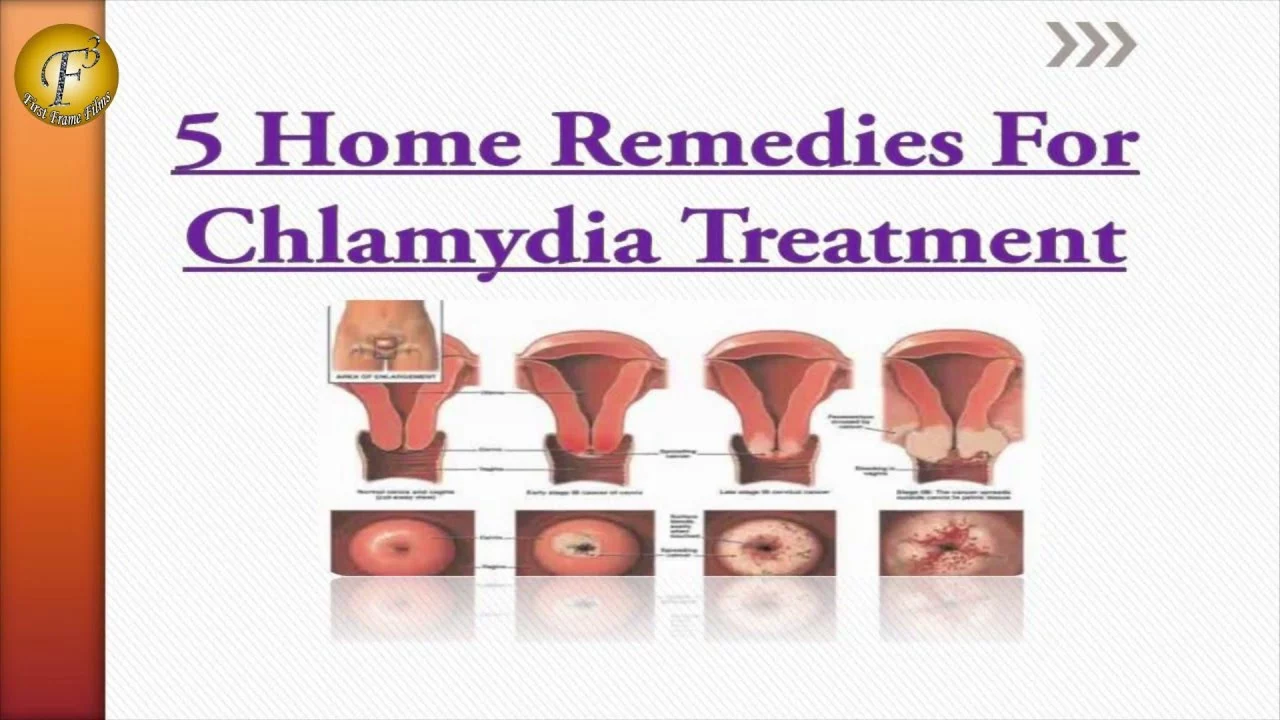Chlamydia testing: how to get an accurate result, fast
Most people with chlamydia don’t feel sick. That’s the problem — infections can quietly damage reproductive health and spread to partners. If you’ve had new or multiple partners, missed condoms, or are under 25 and sexually active, testing should be routine, not optional. Here’s a straightforward guide to the tests, timing, and what to do next.
How testing works and which test to pick
The most reliable test is the nucleic acid amplification test (NAAT). It looks for chlamydia’s genetic material and works on urine or swab samples. For people with a penis, a urine sample is common. For people with a vagina, a self-collected vaginal swab or clinician swab is better — it’s more accurate than urine in many cases. Rectal and throat swabs are used if you have had receptive anal or oral sex.
At-home kits are an option. Good ones send your sample to a lab for NAAT analysis. Cheap instant home tests that give results in minutes are less accurate — they can miss infections. If privacy or convenience matters, choose a reputable at-home NAAT kit or use a local clinic that offers discreet testing.
When to test? Wait at least 1–2 weeks after exposure for NAAT to pick up infection. Testing too early increases false negatives. If you had a known exposure, test after the window period and again if symptoms appear later.
Getting tested, result types, and costs
Getting tested is easy. You can visit a sexual health clinic, community health center, Planned Parenthood, or your primary care doctor. Many clinics offer low-cost or free testing. Insurance often covers STI testing — check benefits or ask the clinic about sliding-scale fees. At-home lab kits cost more but add convenience and privacy; check reviews and choose kits that use lab-based NAAT.
Positive results mean you have chlamydia and need antibiotics. Common treatments include doxycycline or azithromycin, but your provider will pick the right option. Don’t try to treat yourself without professional advice. Negative results usually mean no infection at the time of testing — but if you tested during the window period or symptoms persist, repeat testing is wise.
Tell recent partners so they can get tested and treated. Many areas let people notify partners anonymously through clinic services. After treatment, follow your provider’s advice about when it’s safe to have sex again — usually after you and your partners finish treatment and your provider confirms it’s okay. Many clinics recommend retesting about three months after treatment to catch reinfection.
Final practical tips: keep a record of test dates, ask what test the lab uses (NAAT is best), and don’t hesitate to ask clinics about confidentiality and youth consent rules in your area. Testing is quick, usually painless, and the smartest way to protect yourself and the people you care about.
